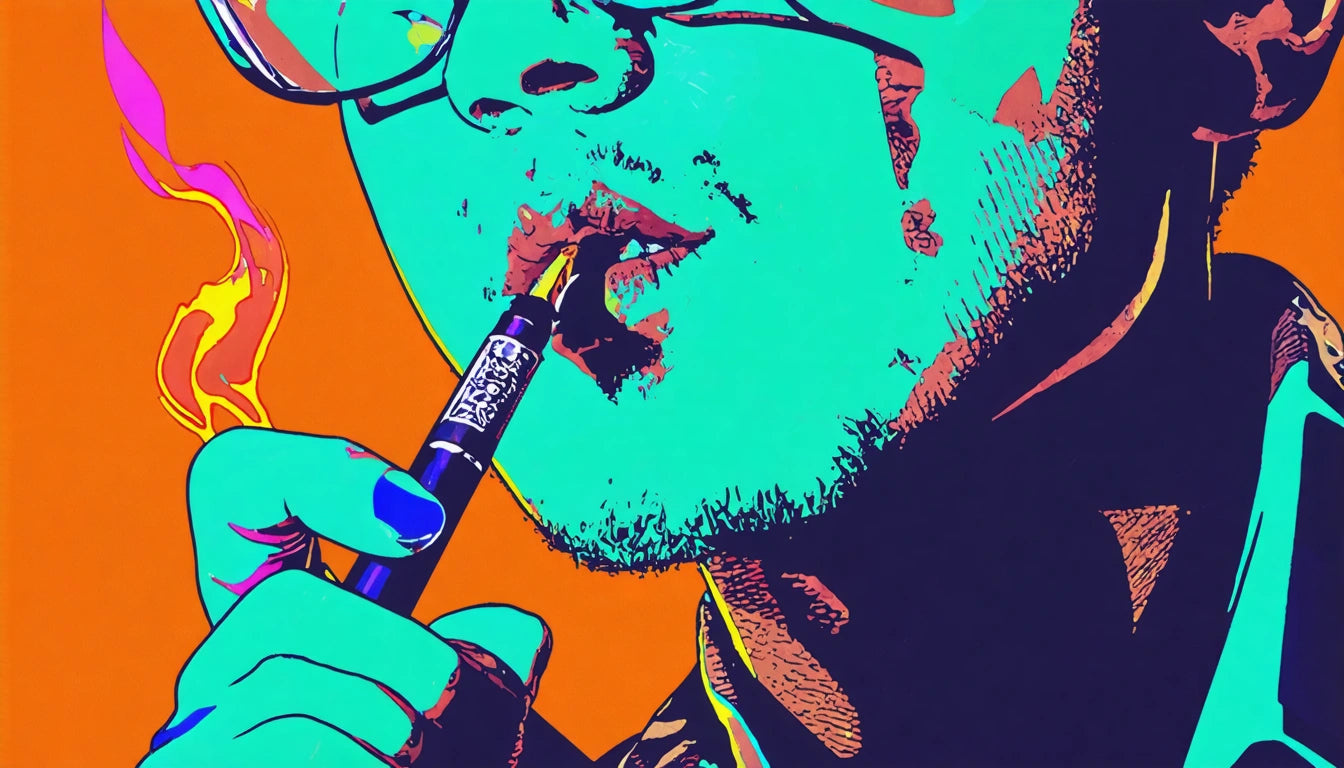Comprehensive Guide to Designing and Understanding Custom Packaging and Branding
Custom packaging serves as a powerful extension of your brand identity, communicating your values while protecting your product. This packaging design guide explores everything from fundamental concepts to advanced strategies for creating packaging that resonates with consumers and complies with industry standards.
Fundamentals of Custom Packaging
Custom packaging refers to tailored packaging solutions designed specifically for a product's unique requirements and brand identity. Unlike standard packaging options, customized packaging incorporates brand colors, logos, messaging, and structural elements that enhance product presentation and user experience.
According to industry experts, effective custom packaging serves multiple functions:
- Protection during shipping and handling
- Brand recognition and differentiation
- Communication of product information
- Enhancement of user experience
- Creation of perceived value
The distinction between standard and custom packaging lies primarily in the level of personalization and strategic alignment with marketing objectives. While standard packaging prioritizes functionality, custom packaging balances protection with brand storytelling.
Branding Package Essentials
A branding package encompasses all visual and tangible elements that represent your brand identity. This includes not only packaging but also logos, color schemes, typography, imagery, and messaging guidelines. A comprehensive branding package ensures consistency across all customer touchpoints.
Essential components of a branding package include:
Visual Identity Elements
- Logo and variations
- Color palette with primary and secondary colors
- Typography hierarchy
- Iconography and graphic elements
Packaging Style Guide
A packaging style guide serves as the definitive reference for all design decisions. It outlines specifications for colors, fonts, imagery, and structural elements to maintain consistency across product lines. This resource highlights how leading brands leverage style guides to create cohesive packaging families.
Step-by-Step Packaging Design Process
Designing effective packaging follows a structured process that balances creativity with strategic objectives. Here's how to design a package that delivers results:
1. Research and Discovery
Begin with market research to understand competitor packaging, consumer preferences, and industry trends. Identify your target audience's expectations and pain points related to packaging.
2. Strategy Development
Define your packaging objectives, key messages, and unique selling propositions. Determine how your packaging will support your overall marketing strategy.
3. Conceptualization
Develop multiple design concepts that align with your brand identity. Consider structural elements like specialized closures and caps for containers that can enhance functionality while maintaining brand aesthetics.
4. Refinement and Testing
Test packaging concepts with focus groups or through digital simulations. Refine designs based on feedback regarding visibility, usability, and emotional response.
5. Production Preparation
Prepare final artwork for production, including die lines, color specifications, and printing requirements. Consult with manufacturers to ensure feasibility.
Materials and Cost Considerations
Material selection significantly impacts both the functionality and cost of custom packaging. Understanding packaging costs requires consideration of:
- Material costs (paperboard, plastic, glass, metal, sustainable alternatives)
- Production methods (offset printing, digital printing, flexography)
- Finishing techniques (embossing, foil stamping, spot UV)
- Quantity thresholds and economies of scale
- Storage and shipping requirements
For small businesses with budget constraints, cost-effective packaging solutions might include standardized structures with custom printed overlays or strategic use of stock packaging with customized labels.
Regulatory Guidelines and Compliance
Depending on your industry, packaging must comply with various regulatory requirements. FDA guidelines for pharmaceutical packaging, for example, mandate specific information disclosure, child-resistant features, and tamper-evident mechanisms.
Common regulatory considerations include:
- Required information disclosure (ingredients, warnings, usage instructions)
- Material safety certifications
- Environmental compliance standards
- Accessibility requirements
- Industry-specific regulations (pharmaceutical, food, cannabis, etc.)
Working with packaging experts familiar with your industry's regulatory landscape can prevent costly compliance issues and market delays.
Sustainability in Packaging Design
Eco-friendly packaging has evolved from a nice-to-have feature to a consumer expectation. Creative and eco-friendly packaging solutions balance environmental responsibility with brand requirements.
Sustainable packaging approaches include:
- Minimalist design that reduces material usage
- Recyclable and biodegradable materials
- Reusable packaging systems
- Plant-based inks and adhesives
- Packaging that communicates sustainability credentials
For personal care and beauty products, innovative sustainable packaging solutions are particularly important as consumers increasingly consider environmental impact in purchasing decisions.
Packaging Innovations for Brand Growth
As technology and consumer expectations evolve, packaging continues to transform. Future packaging trends point toward increased personalization, digital integration, and enhanced functionality.
Forward-thinking brands are exploring:
- Smart packaging with NFC or QR technology for enhanced consumer engagement
- Augmented reality experiences triggered by packaging
- Adaptive packaging that responds to environmental conditions
- Direct-to-consumer packaging optimized for e-commerce
- Packaging that extends product shelf life or enhances user experience
Understanding consumer packaged goods trends can help brands anticipate market shifts and position their packaging strategies accordingly.
Custom packaging represents a significant investment in your brand's market presence. By approaching packaging design strategically, considering both aesthetic and functional requirements, brands can create packaging that protects products, delights consumers, and strengthens brand equity in increasingly competitive markets.











Leave a comment
All comments are moderated before being published.
This site is protected by hCaptcha and the hCaptcha Privacy Policy and Terms of Service apply.